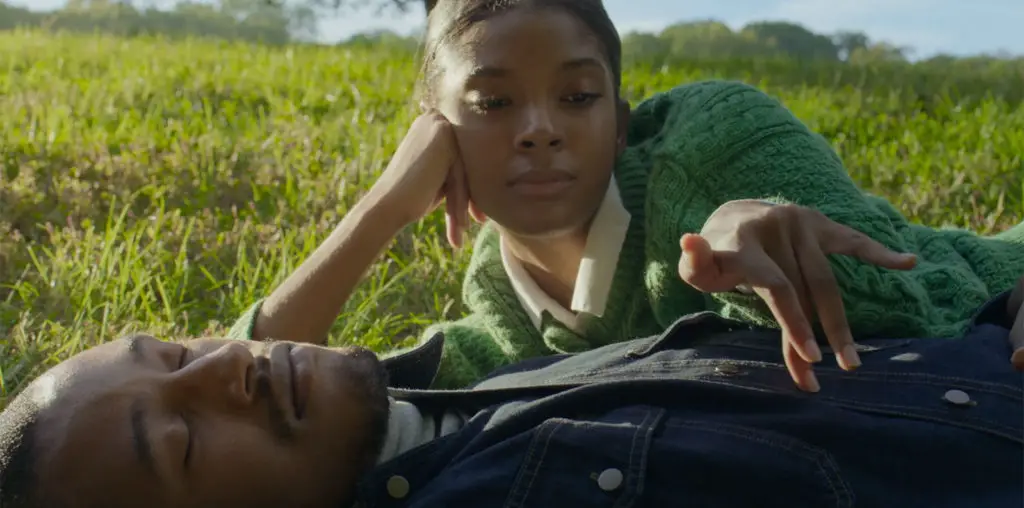
Mysterious noises coming from empty rooms; the threat of something, anything, suddenly popping out of the dark–these are the simple, primal fears that are still able to unnerve even as one moves from childhood into adulthood. This fact may have been lost on effects-happy Hollywood (Exhibit A: Jan DeBont’s high-tech–and thoroughly unscary–remake of Robert Wise’s understated classic, “The Haunting”), but thankfully it hasn’t been lost on Spanish writer-director Alejandro Amenábar, whose English-language debut “The Others” packs a formidable fright simply through the time-tested special effect of atmosphere.
Amenábar wastes no time in creating a creepy mood for the piece. After the opening credits roll over an assortment of drawings to the strains to a darkly hypnotic score (composed by Amenábar himself), one arrives at a large, fog-enveloped mansion on the Isle of Jersey in the year 1945, where Grace (Nicole Kidman) and her two young children Anne and Nicholas (terrific newcomers Alakina Mann and James Bentley) make their home. All is already not quite right with this household–Grace’s husband hasn’t yet returned from the long-finished war; all her servants have vanished; and both children have a fatal allergy to sunlight–when a trio of mysterious strangers show up to be Grace’s new servants. But it seems that Mrs. Mills (Fionnula Flanagan), Mr. Tuttle (Eric Sykes), and the mute Lydia (Elaine Cassidy) have brought along with them some unwanted guests, for soon things start going bump, floors inexplicably start to squeak, and all manner of supernatural scariness starts to take place.
That the audience feels scared right along with Grace and her children is not a testament to Hollywood technical wizardry than to Amenábar’s masterful command of filmmaking. The chilling suspense of “The Others” is all the more impressive considering how a number of his ideas are fairly simple. For instance, the children’s photosensitive condition means that most of the film plays out in dimly lit–and hence rather creepy–spaces, not to mention having light be a source of danger is a clever twist. Even seemingly small details have their rewards; case in point, Grace’s insistence on there being absolute silence whenever possible–making any spontaneous jolts even more unsettling.
But thrills wouldn’t particularly mean anything if there weren’t an engrossing story attached, and Amenábar has written a haunted house story that is also an intriguing psychological study of its main character. Grace attempts to control her household as firmly as her religious beliefs control her life, and as both her household and her beliefs unravel, Kidman does a superbly detailed job tracing her subtle meltdown. This dimension to the story makes for an added layer of suspense: with the unseen forces already a threat, will Grace become a danger to herself and those around her?
“The Others” ultimately works so well because Amenábar takes the time to let the characters, situations, and, hence, suspense build, and the carefully orchestrated crescendo of tension reaches a stunning peak with the film’s startling and ingenious climax. What an elegantly constructed entertainment such as “The Others” proves is that it’s not necessarily the audiences that have lost patience over the years, but the filmmakers, who have increasingly become intent on delivering instant “gratification” that generates a disposable buzz.

